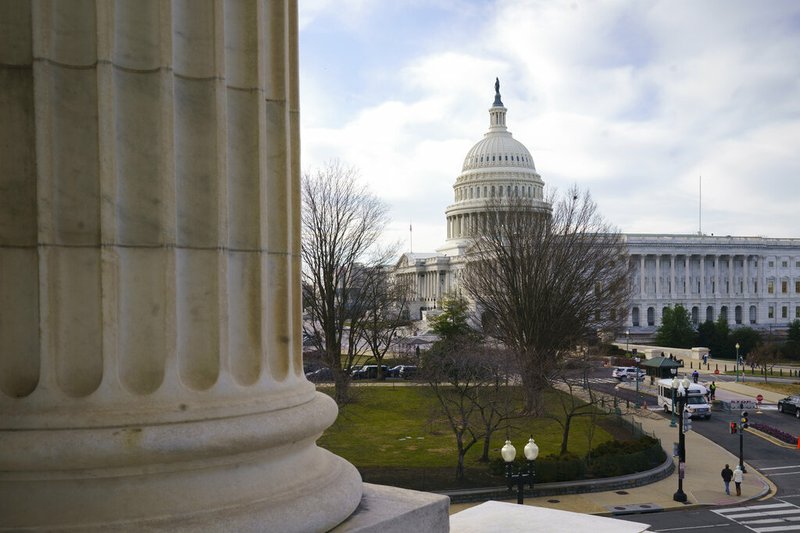WASHINGTON -- The U.S. economy is likely to keep expanding in the coming years, but not fast enough to prevent the national debt from ballooning, Congressional Budget Office Director Phillip Swagel told lawmakers Wednesday.
Swagel made his comments to the House Budget Committee while presenting the budget office's budget and economic outlook.
The short-term news is positive, but the long-term trends are troubling, he said.
"We project economic growth and job creation will continue over the coming decade but also a worrisome trajectory for the federal budget," he said. "Our debt is on an unsustainable path."
Swagel predicted that real gross domestic product would climb 2.2% this year, eventually returning to the "maximum sustainable growth rate" of 1.7%.
Neither rate is fast enough to keep pace with federal spending, he noted.
Deficit spending is expected to equal 4.6% of GDP in 2020, rising to 5.4% in 2030, he said.
Annual deficits will average $1.3 trillion between 2021 and 2030, he added.
Over the next decade, "the gap between spending and revenue will continue to widen," he warned.
Rising interest rates are expected to eventually exacerbate the problem, he added.
The growth in government spending is fueled, primarily, by the growth of mandatory spending, officials noted.
Social Security and Medicare expenses are expected to continue climbing as the U.S. population ages, he said.
While the number of senior citizens is spiking, birthrates are falling.
"The United States is an aging society," he said. "That means the growth of our labor force will be slower in the future than it has been in the past."
The national debt is now more than $23 trillion and rapidly expanding despite record low unemployment. This year's annual deficit is expected to surpass $1 trillion. Annual deficits greater than $1 trillion are forecast for each of the next 10 years.
While members from both parties portrayed the spending gap as problematic, they couldn't agree about what had caused them. Democrats pointed to the 2017 Republican tax cuts, noting that they had contributed to the gap.
Republicans said excessive spending was to blame.
Credit for today's robust economy was also a point of contention. Republicans pointed to President Donald Trump; Democrats portrayed former President Barack Obama as pivotal.
During the roughly 2½-hour-long hearing, lawmakers tried to get Swagel to take sides in the partisan disputes.
The ranking Republican on the committee, U.S. Rep. Steve Womack of Rogers, acknowledged his colleagues were putting Swagel and Congressional Budget Office officials in a tough spot.
"You're kind of like the creamy part of the cookie, getting squeezed by both sides," he said.
Throughout the hearing, Swagel avoided assigning blame. Instead, he stressed the importance of fixing the problem.
"There's time to address our fiscal challenges and fiscal policy could be used as a tool to address other challenges facing the nation if the Congress chooses to do so," he said. "But our debt is on an unsustainable path and over time, we must address this fiscal challenge."
Womack said the budgetary mess belongs to both parties.
"There's enough stink on this deficit and debt issue to go around this room and around the Congress and around previous Congresses and previous presidents, left and right," he said. "We have all, on both sides of the aisle, failed."
In order to solve the fiscal problems, both sides will need to put patriotism above partisanship, Womack suggested.
"The fact is, Republicans and Democrats have to start behaving more like Americans," he said, calling on both sides "to solve the problems today rather than kick that can down the road and put it on future generations."
A Section on 01/30/2020
